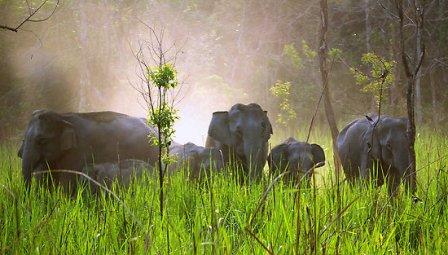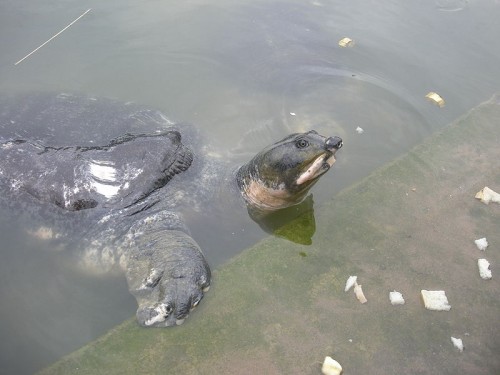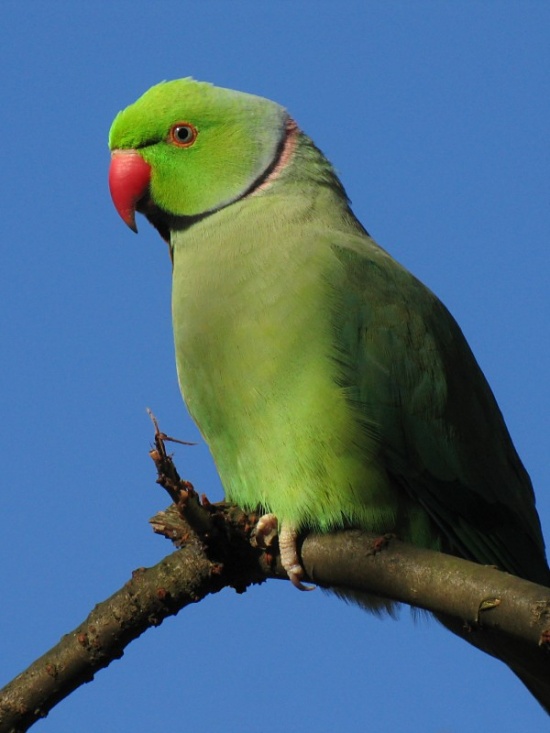Machhli is one of India’s most famous tigresses for reasons more than one. This legendary tigress of Ranthambore who lived for 19 years has many sobriquets to her credit. Also known as ‘Lady of the lakes ‘ and ‘ Crocodile killer’ , the most photographed tigress that helped contribute a lot to enhance the tiger population and to the tourism earnings in India; is all set to add one more feather to her cap even after her demise – genetic mapping.
Read More: Snares Set For Wild Boars Spell Trouble For Karnataka’s Tigers
Efforts are on to prepare a genetic map from the DNA of Machhli, extracted at the time of her death in 2016. Working on this is a team of geneticists, conservation biologists and wildlife officials led by Dr. Uma Ramakrishnan at the National Centre for Biological Sciences (NCBS).
“Machhli is an iconic individual, has lived long, has sired a large number of cubs and, because the tigers at Ranthambore are highly inbred, she would serve as an excellent example of the species. Plus, we were lucky to get permits and ideal tissue samples at the right time.”
Machhli (named so due to the fish-like marks on her face) is largely responsible for reviving the tiger population at the Ranthambore National Park. In her long lifespan of 19 years, she gave birth to 11 cubs. In her prime, she dominated over the best territory of the park and due to her interaction and appeal to humans and the camera lens, she was considerably responsible for generating a lot of revenue through tourism between 2006 and 2016.
Understanding The Tiger Genes
Completing the genome map could take about six months and once that is prepared, it could act as the template or ‘reference genome’ for comparing the genes of tigers anywhere.
Till now, the reference genome that is being used to study tiger genetics is that of Amur, the Siberian tiger which was sequenced in 2013. The Centre for Cellular and Molecular Biology (CCMB) at Hyderabad claimed to have sequenced, for the first time, the whole genome of a Royal Bengal Tiger earlier this year. However, the scientific report for this project is yet to be peer-reviewed.
Read More: Tiger Numbers Rise In Assam’s Orang National Park
According to Rakesh Mishra, Director, CCMB, ideally, a ‘reference genome’ ought to be one made from a composite of individuals. He says, “Like how the human genome was sequenced from taking genetic signatures from a small group of individuals, a reference genome of a species ideally ought to be from a group of individuals [of that species].”
Dr. Uma Ramakrishnan and her group have been working on sequencing the genomes from several tigers, at varying degrees of resolution. However, the sequencing of Machhli’s DNA uses multiple genome-reading technologies and hence would be at an exceptional level of detail and accuracy. Specific genes are responsible for enriching various traits of tigers, such as their sense of smell, strength and metabolism. Once the process is completed, it will be easier to understand gene functionality.
“Once we have the reference, we can better understand functionality — where these genes are, [they exist in] which populations, how they are different,” says Dr. Ramakrishnan.
India is home to the maximum number of tigers in the world. The numbers have been steadily increasing from 1411 in 2006 to 1706 in 2010 and 2226 in 2014 as per the results of the once in four year survey owing to improved conservation measures, the process of enumeration itself improving with new estimation methods. Currently the survey which began last winter is going on and the results are expected to be revealed in early 2019.










